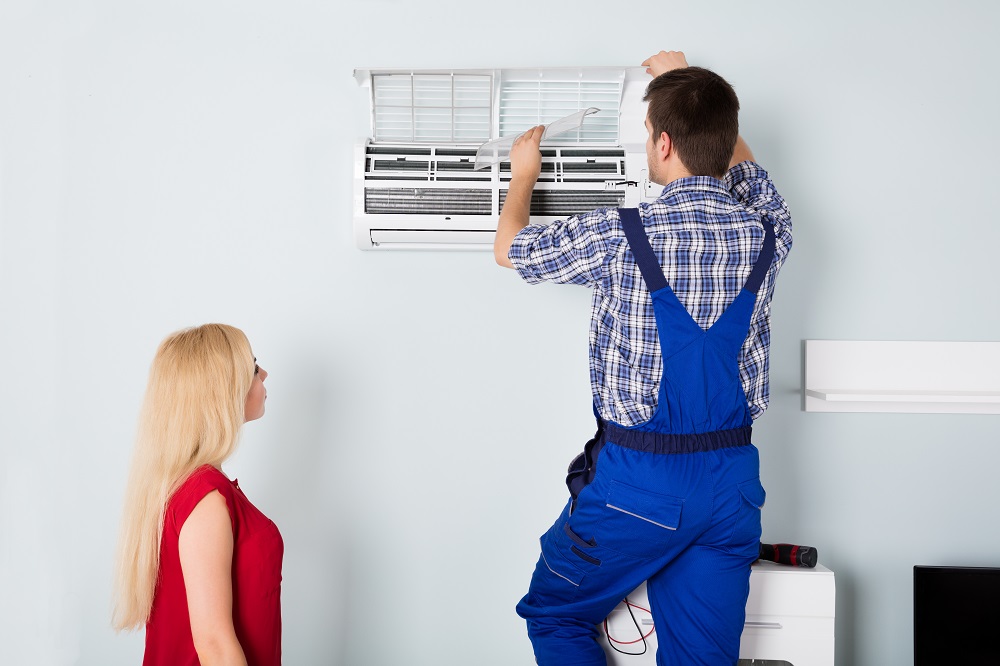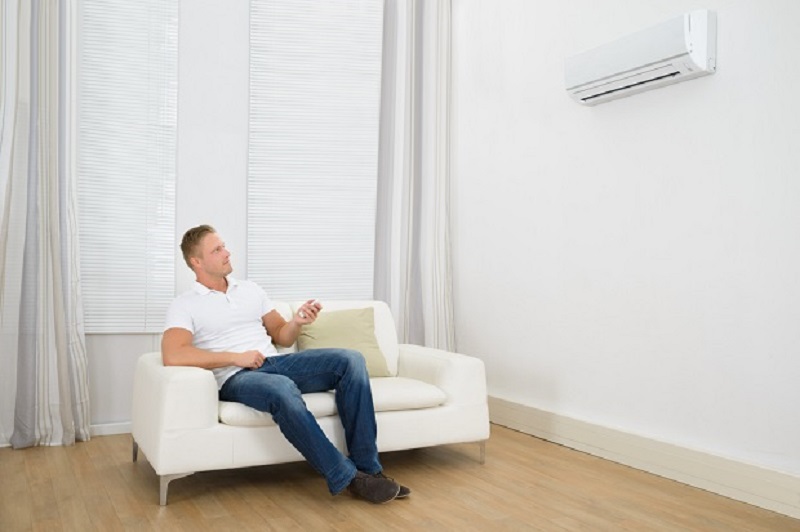The Impact Of Bonaire Ducted Services On Indoor Air Quality: Something To Breathe In Or Sneeze At?

Today, the modern homeowner’s quest for wholesome living spaces has shifted gears from purely aesthetic elements to invisible but indispensable components. What are we referring to? Air quality. As the indoor air quality (IAQ) debate breaks new ground, how are you ensuring that your private sanctuary is free from pollutants and allergens? Perhaps it's time to examine your home’s heating, ventilation, and air conditioning (HVAC) systems. Specifically, could the Bonaire ducted system be the silver bullet for your IAQ concerns? Join us as we embark on a fascinating exploration of this cutting-edge HVAC technology, its impact on air quality, and how it could transform your living spaces.
Is Bonaire ducted heating doing more than just regulating temperature? Are you aware of the potential benefits and drawbacks that come with this system? And most importantly, how does it influence your overall health in the long run? In the next sections, we unveil the myriad ways in which Bonaire systems shape the air quality within the four walls of your sanctuary.
Bonaire Ducted System: What's In The Name?
To understand this revolution in air conditioning technology, we need to discern exactly what a Bonaire ducted system is. This Australia-based pioneer in HVAC systems has been a household name for over 60 years, providing climate control solutions tailored to diverse weather conditions.
Why Does Indoor Air Quality Matter?

Before we delve further, it's crucial to comprehend why indoor air quality is a matter of importance. The Environmental Protection Agency (EPA) has found that indoor pollutants can be exceedingly higher indoors, a significant concern given that we spend the majority of our lives indoors.
Impacts Of Bonaire Ducted Heating On Indoor Air Quality
Bonaire ducted heating systems can impact indoor air quality in both positive and negative ways. On the positive side, they can provide consistent warmth throughout a home, reducing the need for individual space heaters that may produce pollutants. However, if not regularly maintained, ducted systems can accumulate dust, mold, and other allergens in the ducts, which can then be circulated throughout the home. Proper filtration, regular cleaning, and ventilation are essential to minimize these risks and maintain good indoor air quality.
The Advantages Of Employing Bonaire Ducted Systems
Bonaire ducted systems offer several advantages, including efficient and even heating throughout the home, providing consistent comfort with minimal temperature fluctuations. These systems are discreet, with vents hidden in the ceiling or floor, creating a clean, unobtrusive look. They also allow for zoning, meaning you can control the temperature in different areas of the home for energy savings. Additionally, Bonaire systems are known for their reliability, ease of use, and quiet operation, making them a popular choice for homeowners seeking comfort and efficiency.
Addressing The Cons Of Using Bonaire Ducted Systems

Despite the numerous benefits, it would be unwise to overlook potential disadvantages. Here, we evaluate aspects such as installation costs, maintenance requirements, and specific structural needs that the system may require.
Prolonging The Life Of Your Bonaire Ducted System
To ensure a long-lasting impact on your indoor air quality, maintain your Bonaire system with regular servicing, choose the right system size, and install it properly.
Conclusion: Is Bonaire Ducted System A Breath Of Fresh Air?
By now, it should be clear that well-integrated ducted systems can significantly uplift the quality of your indoor air. Bonaire's innovative approach to home heating and cooling ensures a home environment that provides more than just comfort. However, it's crucial to recognise that calibrating IAQ is multifaceted and a matter of collective responsibility. Despite the initial costs, investing in a Bonaire ducted system is a resolute step towards securing a healthier and happier abode. When all's said and done, isn't that what every homeowner aspires to achieve?
Similar Articles
The exterior of your home is the first thing to deal with the elements and with each season, your home will be challenged in a certain way.
Most pests enter homes through cracks, gaps, or food sources, but bed bugs take a very different path
Every yard has challenges — a slope that limits space, soil that shifts after rain, or uneven ground that makes it hard to enjoy.
A skillion roof garage is a modern and practical solution for homeowners and property owners who need extra storage or workspace
Bathrooms have transformed over the last few decades. Once seen as purely functional spaces, they are now designed as retreats — private sanctuaries for relaxation, reflection, and rejuvenation.
Your backyard holds untapped potential. Right now, it might be nothing more than a patch of grass, a few scattered plants, or an underutilized space that you glance at through your kitchen window.
Enhance productivity and privacy by transforming your workspace with a soundproof phone booth—ideal for calls, focus, and modern office needs.
As families grow, the need for more space becomes inevitable. Deciding whether to renovate your current home or relocate to a larger one involves careful consideration of financial and logistical factors
Painting a house sounds simple. Pick a color, grab a brush, and go. But one big step often gets skipped. That step? Pressure washing.









